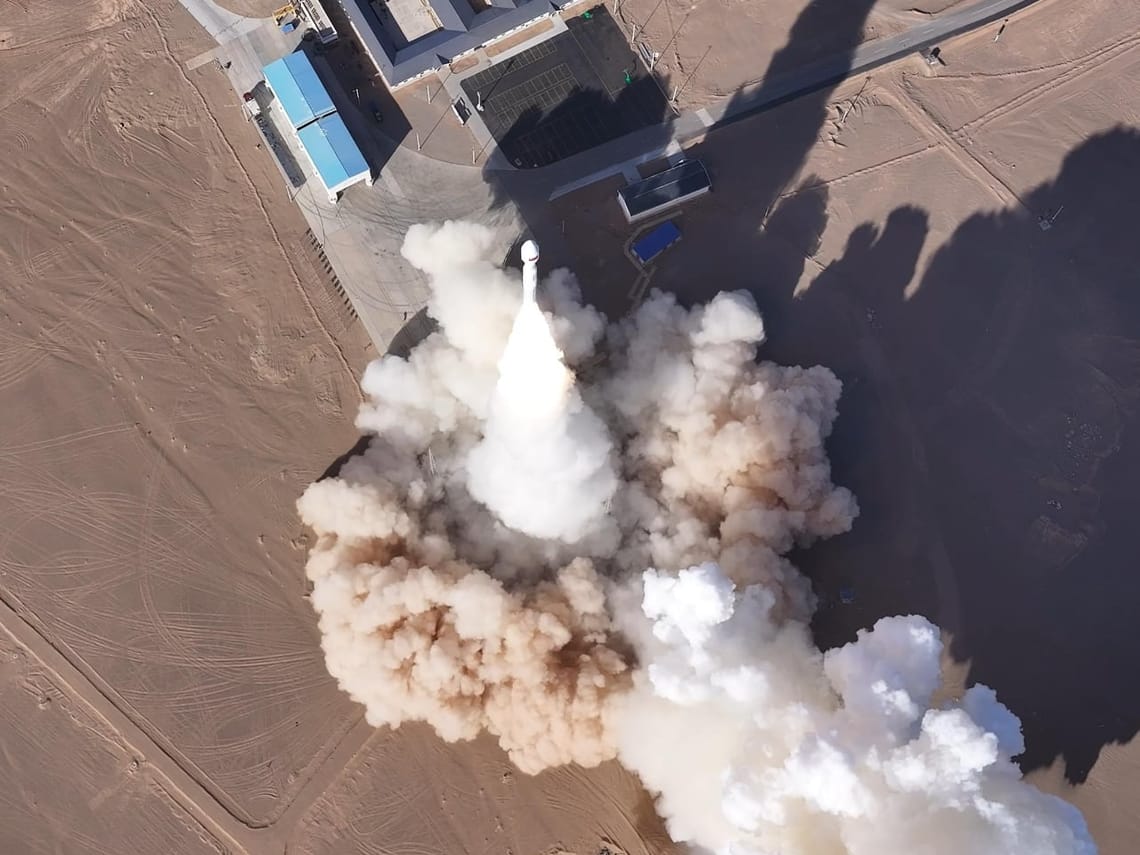Intel’s Chief Technology and AI Officer, Sachin Katti, laid out a blunt read on where AI goes next: today’s giant, uniform GPU farms won’t scale economically. Intel’s answer is an open, heterogenous stack where each AI task runs on the right hardware, orchestrated by a zero-friction software layer, and measured by performance per dollar. The roadmap spans PC to cloud, backed by 18A manufacturing, Panther Lake on the client side, a yearly cadence of data-centre GPUs and work in open standards like OCP, UEC and PyTorch.
And yes, it’s not just slideware: Intel claims a lab demo shifting Llama pre-fill and decode across different vendors delivered 1.7× better performance per dollar than a single-vendor setup.
The “new Intel”: engineering first
Intel says it is rebuilding around four pillars and focusing on real workloads.
- Engineering-led decisions
- Targeted innovation across compute
- Disciplined execution on fewer priorities
- Customer and workload focus
The pitch is simple: start from the user and the workload, then work back to software, systems and silicon. That puts inference and agentic AI at the centre, where ROI actually lands.
Why homogenous AI stacks hit a wall
The current approach — massive clusters of premium GPUs on proprietary fabrics — is hitting cost and efficiency limits as token volumes explode.
- One size fits none as workloads diversify
- Over-spec’d hardware wastes money on simpler tasks
- Proprietary interconnects add lock-in and cost
Intel’s take: the economics don’t work if every phase of an agentic pipeline runs on the same expensive part. The scaling curve bends the wrong way.
Open and heterogenous: right work, right silicon
Agentic AI chains LLMs, multimodal models, diffusion, and database calls. Even a single LLM has distinct phases with different needs.
- Pre-fill likes compute-optimised GPUs
- Decode prefers high memory bandwidth
- CPUs, NPUs and accelerators all have a place
Mixing hardware across vendors and form factors, then scheduling each subtask accordingly, is how you boost performance per dollar. That is the core thesis.
The software key: zero-friction orchestration
Intel is building a software layer that abstracts the messy bits so developers don’t have to. It integrates with today’s tools and handles placement across heterogenous hardware, even from different suppliers.
- Works with PyTorch and Hugging Face
- Analyses and compiles the app
- Orchestrates across CPU, GPU, NPU and more
In labs, Intel says splitting Llama pre-fill to an NVIDIA GPU and decode to an Intel accelerator yielded a 1.7× performance-per-dollar uplift over a uniform setup. The point isn’t brand one-upmanship; it’s economics.
Roadmap and ecosystem: PC to cloud, open by default
The plan spans client, edge and data centre, with a steady cadence and contributions to open standards to avoid lock-in.
- AI PC and edge: Panther Lake plus OpenVINO for agentic AI locally
- Data centre: annual GPU cadence starting with inference-optimised parts, alongside Xeon progress
- Open ecosystem: OCP racks, UEC interconnect, PyTorch software
For the UAE, this aligns with a push toward practical AI deployments and total cost of ownership control. See our local enterprise AI coverage for context and case studies.
What does “heterogenous AI” mean in practice?It means different stages of an AI pipeline run on different hardware. Pre-fill might sit on compute-optimised GPUs, decode on bandwidth-optimised GPUs, while CPUs or NPUs handle other tasks. The mix is orchestrated by software.
Why is Intel focused on inference and agentic AI?That’s where value and ROI land. Inference at scale and agentic automation are growing fastest and touch day-to-day workflows across consumer and enterprise.
What is the “zero-friction” software layer?A layer that works with existing tools like PyTorch and Hugging Face, analyses the application and schedules pieces across CPUs, GPUs and other accelerators, including from different vendors.
Is there proof this beats a single-vendor stack?Intel cites a lab demo: Llama with pre-fill on an NVIDIA GPU and decode on an Intel accelerator delivered 1.7× better performance per dollar than a homogenous setup.
What products or standards anchor the roadmap?On client, Panther Lake and OpenVINO for AI PCs and edge. In the data centre, a yearly GPU cadence focused on inference plus ongoing Xeon updates. On standards, OCP, UEC and PyTorch to avoid lock-in.
Subscribe to our newsletter to get the latest updates and news







